MCQ ON PHYLUM ARTHROPODA class 11 for NEET | MCQ ON NEET Biology class 11th 2022 | MCQ Questions for class 11 Biology chapter – 4 PHYLUM ARTHROPODA with Answer | Check the below NCERT MCQ question for class 11 Biology chapter 4 based on PHYLUM ARTHROPODA with Answers.
MCQ Questions for class 11 Biology with Answers were prepared based on the latest pattern. We have provided class 11 Biology MCQs questions on PHYLUM ARTHROPODA with Answers to help students understand the concept very well. MCQ on Phylum ARTHROPODA is useful for NEET 2022 -23, NEET/ CSIR/ UGC/ CBSE/ ICSE / AIIMS EXAM/ AFMC EXAM/ JAC/ STATE LEVEL MEDICAL EXAM 2023.
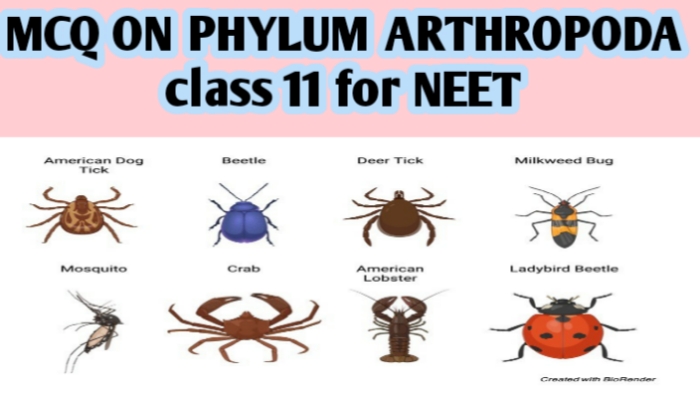
MCQ ON PHYLUM ARTHROPODA class 11 for NEET
Phylum – Arthropoda is the largest phylum of animalia which includes insects. Over two – thirds of all named species on earth are arthropods. They have organ system level of organisations. They are bilaterally symmetrical, triploblastic, segmented, and coelomate animals.
MCQ ON PHYLUM ARTHROPODA class 11 for NEET
1. The largest phylum of animalia is
(a) arthropoda
(b) Cnidaria
(c) annelida
(d) flatworms
Ans (a) arthropoda
2. Over two – third of all named species on earth are ?
(a) mollusca
(b) arthropoda
(c) annelida
(d) cnidaria
Ans. (b) arthropoda
3. Arthropoda have system level of organisations
(a) cellular level
(b) tissue level
(c) organ level
(d) organ system level
Ans. (d) organ system level
4. The characteristic of arthropoda
(a) bilaterally symmetrical
(b) triploblastic
(c) segmented and coelomate animals
(d) all the above
Ans.(d) all the above
5. The body of arthropods is covered by
(a) cellulose
(b) sucrose
(c) chitinous exoskeleton
(d) nutrition
Ans.(c) chitinous exoskeleton
6. The body of arthropoda consist of?
(a) head
(b) thorax
(c) abdomen
(d) all the above
Ans.(d) all the above
7. Jointed appendages found in
(a) annelida
(b) arthropoda
(c) mollusca
(d) all the above
Ans.(b) arthropoda
8. Respiratory organs of arthropoda are
(a) gills
(b) book gills
(c) book lungs or tracheal system
(d) all the above
Ans.(d) all the above
9. Statocysts found in arthropoda is used for
(a) nutrition
(b) excretion
(c) balance organ
(d) respiration
Ans. (c) balance organ
ALSO READ:-
● YOU CAN WATCH BIOLOGY SIR Youtube channel
10. Eyes of arthropoda is
(a) compound and simple
(b) compound and complex
(c) both a and b
(d) compound
Ans. (d) both a and b
11. Excretion takes place in arthropoda by
(a) nephridia
(b) triploblastic
(c) malpighian tubules
(d) flame cells
Ans.(c) malpighian tubules
12. Honey bee is
(a) Apis
(b) Bombyx
(c) laccifer
(d) anopheles
Ans.(a) apis
13. Silkworm is
(a) apis
(b) bombyx
(c) laccifer
(d) aedes
Ans.(b) bombyx
14. Lac insect is
(a) laccifer
(b) apis
(c) bombyx
(d) locusta
Ans.(a) laccifer
15. Living fossil is ?
(a) limulus
(b) locusta
(c) apis
(d) laccifer
Ans. (a) limulus
16. Gregarious pest is ?
(a) locusta
(b) culex
(c) apis
(d) limulus
Ans.(a) locusta
17. Anopheles , culex , and aedes are
(a) carrier
(b) vectors
(c) apis
(d) ascaris
Ans.(b) vectors
18. Phylum arthropoda is mostly
(a) oviparous
(b) viviparous
(c) ova viviparous
(d) plasmodium
And.(a) oviparous
19. Fossil arthropoda is
(a) trilobites
(b) nereis
(c) ascaris
(d) tubifex
Ans. (a) trilobites
20. The blood haemolymph in arthropoda is
(a) colourful
(b) colourless and white corpuscles
(c) blue colour
(d) red colour
Ans.(b) colourless and white corpuscles

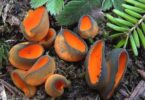
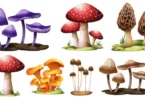
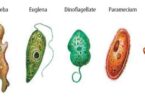
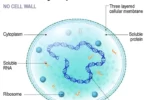
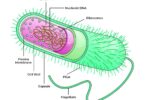
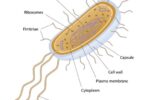
Leave a Comment